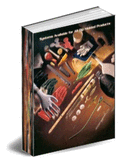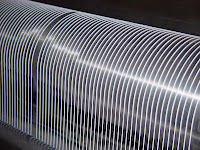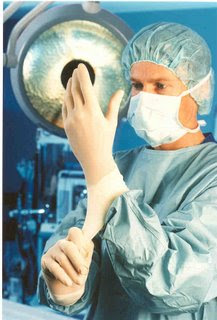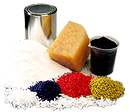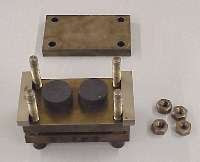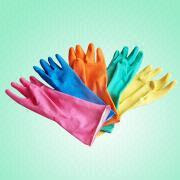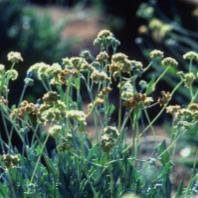Here is a look at offerings from select suppliers of biocides, fungicides, algaecides and related products. For more information on the products listed, please contact the company directly.
Arch Biocides Smyrna, GA
800-523-7391
Fax: 866-705-0465
E-mail:sales@archbiocides.com
Web site:www.archbiocides.com
Product name: Proxel Bactericides
Attributes/Comments: A zero-VOC antimicrobial product; broad spectrum activity; long-term storage protection; excellent compatibility; ease of use due to low viscosity.
Product name:Zinc Omadine Antimicrobials
Attributes/Comments: Broad spectrum antimicrobial that inhibits the growth of fungi, algae and bacteria; color-stable, fine particle dispersion (in water) of zinc pyrithione; low VOCs; alkaline pH stable; suitable for masonry coatings.
Dow BiocidesBuffalo Grove, IL
800-447-4369
Fax: 847-808-3710
E-mail: dowbiocides@dow.com
Product name:Filmguard IPBC Fungicidal Agent
Attributes/Comments: Filmguard IPBC fungicidal agent, a broad-spectrum fungicide developed for the enhanced protection of latex and solvent-based paint dried paint films against mold and fungi, is based on the active IPBC technology (3-iodo-2-propynyl butylcarbamate), a widely-used biocide active ingredient for dry film preservation and wood preservation.
Product name:Canguard Ultra BIT 20 LE Preservative
Attributes/Comments: Canguard Ultra BIT 20 LE preservative, a high purity broad-spectrum bactericide for the protection of industrial water-based products against harmful bacteria, yeasts and fungi, has exceptional chemical stability and good compatibility with most formulations. The product has a low VOC and non-formaldehyde base.
International Specialty Products Inc. (ISP)Wayne, NJ
800-622-4423
Fax:973-628-3594
E-mail: rfahmy@ispcorp.com
Web site: www.ispcorp.com/green
Product name:CleanGuard Fungitrol Series
Attributes/Comments:The Fungitrol series of “greener” biocides, fungicides and algaecides includes a choice of 20% (920), 30% (930) and 40% (940) water-based dispersions of IPBC that offer no-VOC, low-odor, broad-spectrum protection against degradation, discoloration and defacement caused by mold, mildew and algae.
Product name: CleanGuard Nuosept Series
Attributes/Comments: The Nuosept series of “greener” in-can preservatives includes a choice of BIT-based, formaldehyde-free Nuosept 498, bronopol-based Nuosept W and BIT/MIT-based Nuosept BMc-422, specially formulated for broad-spectrum protection of water-based and emulsion paints and coatings, adhesives, joint compounds and much more.
Lanxess Corp. Material Protection Products
Pittsburgh, PA
412-809-1000
Fax: 412-809-1068
E-mail: mpp-info@lanxess.com
Web site: www.mpp.us.lanxess.com
Product name: Preventol MP 100
Attributes/Comments: Preventol MP 100 (approximately 99% IPBC) is the latest addition to the Lanxess biocide portfolio. It is a broad-spectrum fungicide for interior and exterior applications. It offers dry-film protection for solvent-based and waterborne paints, stains, latex emulsions, adhesives, construction materials and related applications.
Product name: Metasol TK-25 A.D. Plus
Attributes/Comments: In response to manufacturer and consumer demand for more environmentally friendly products, Lanxess has expanded its portfolio of low-VOC and VOC-free biocides, Metasol TK-25 A.D. Plus, a thiabendazole (TBZ) based dispersion, provides better protection for exterior applications while also offering a favorable toxicological and ecotoxicological profile.
Rohm and Haas CompanyPhiladelphia, PA
215-592-3000
Web site: www.rohmhaas.com
Product name:Rocima KO Microbiocide
Attributes/Comments: Rocima KO is a fast acting, broad spectrum biocide for treating raw materials, process water and contaminated products and systems. Rocima KO breaks down rapidly to non-hazardous materials.
Product name: Rocima 80 Algicide
Attributes/Comments: Rocima 80 is a specific algicide which should be added to a fungicide for broad spectrum protection. It is an easy to incorporate, low VOC containing flowable dispersion.
Product name: Rocima 30 Microbiocide
Attributes/Comments: Rocima 30 microbiocide provides excellent antimicrobial activity including BIT-resistant organisms. It is effective within minutes and can be used as a co-biocide to provide enhanced protection.
Troy Corp. Florham Park, NJ
973-443-4200
Fax: 973-443-0843
Web site: www.troycorp.com
Product name: Troysan 1050
Comments/Attributes:Troy introduces an innovative, water-based bactericide, Troysan 1050—the latest addition to Troy’s green family of biocides—designed to inhibit the growth of microorganisms on coated surfaces. This new product is useful for imparting bacterial resistance to surfaces as measured by a significant reduction in the average bacteria counts found on the surface. Troy 1050 is a unique BIT-based dispersion product intended to be a cost effective alternative to silver-based compounds. This new product has no solvents, no VOC and no formaldehyde and does not pose a risk of coating film discoloration.
You are at the site for answers and solutions to all your problems in natural rubber latex processing and manufacturing of industrial, household and medical gloves, condoms, catheters, baby teats and baby pacifiers, toy balloons, latex foam products, latex threads etc.



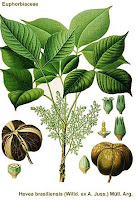

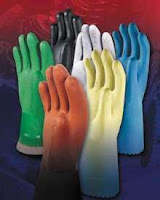




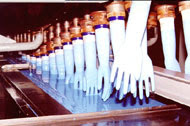
























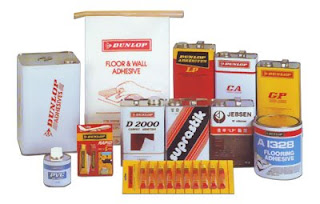
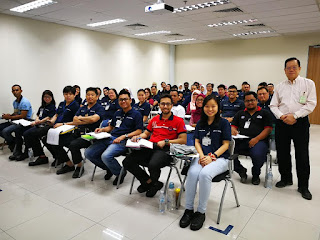

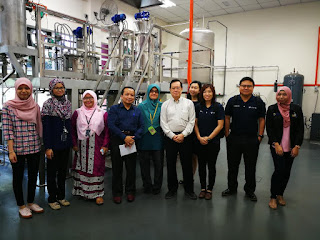
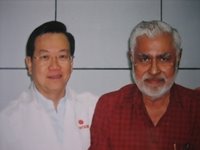





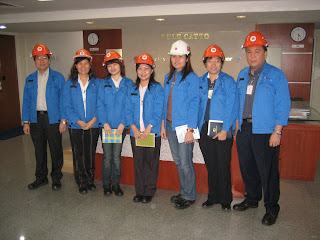
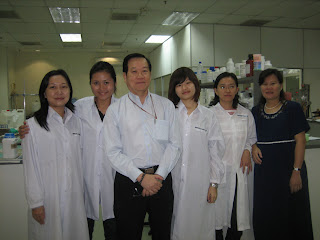
.jpg)
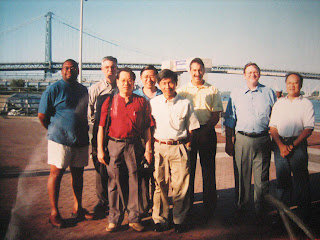.jpg)


.jpg)
.jpg)
.jpg)
.jpg)
.jpg)
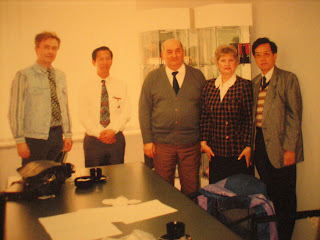.jpg)
.jpg)
.jpg)
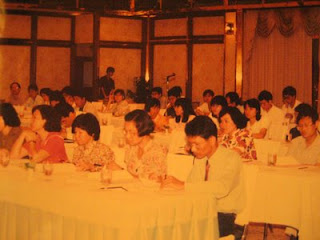.jpg)
.jpg)
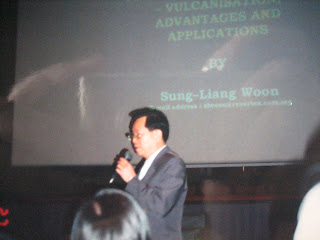.jpg)
.jpg)
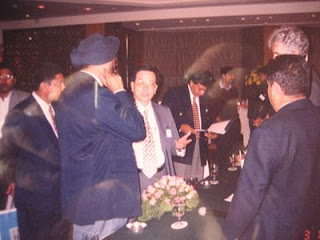.jpg)
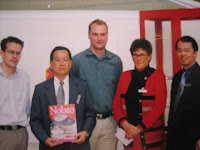.jpg)
.jpg)
.jpg)
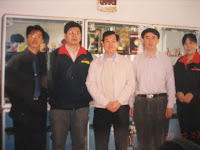.jpg)
.jpg)




